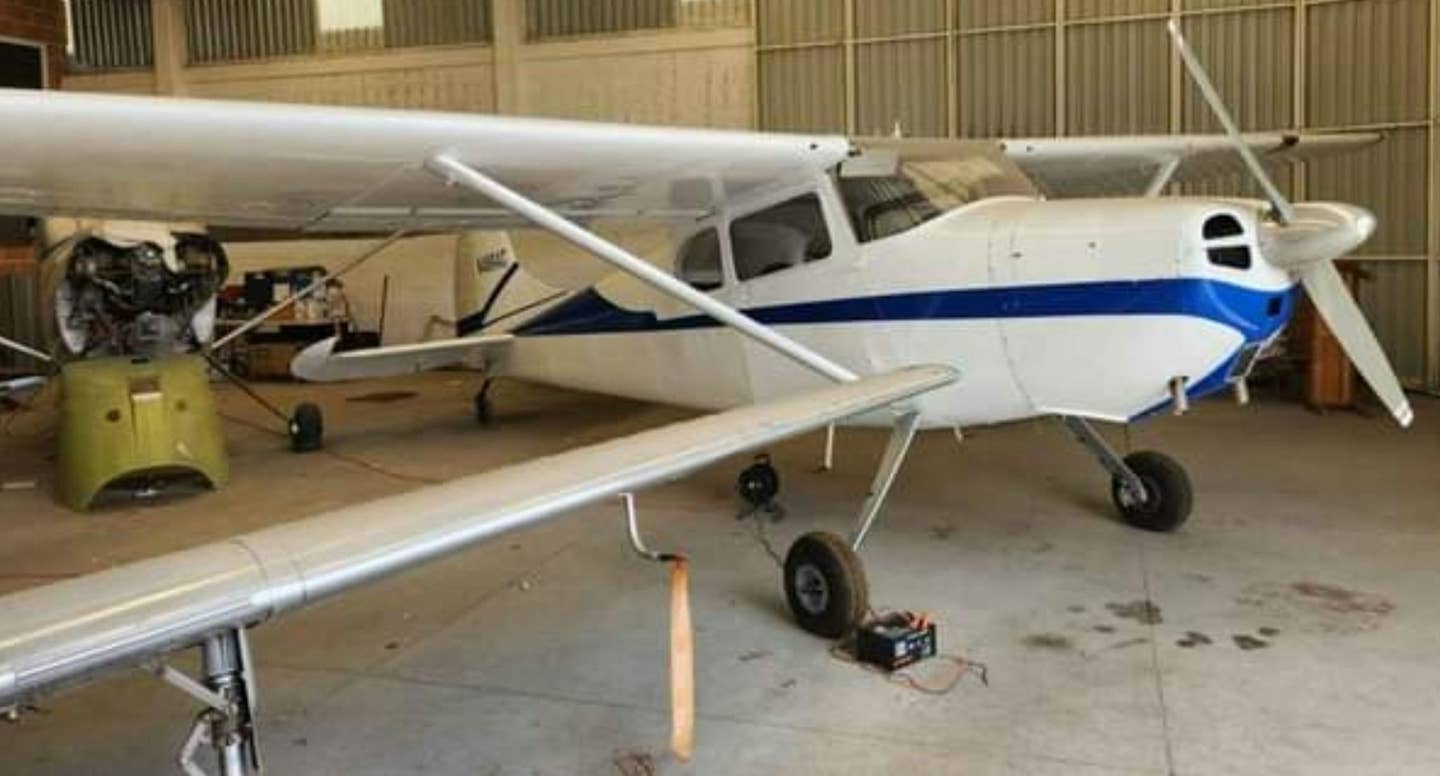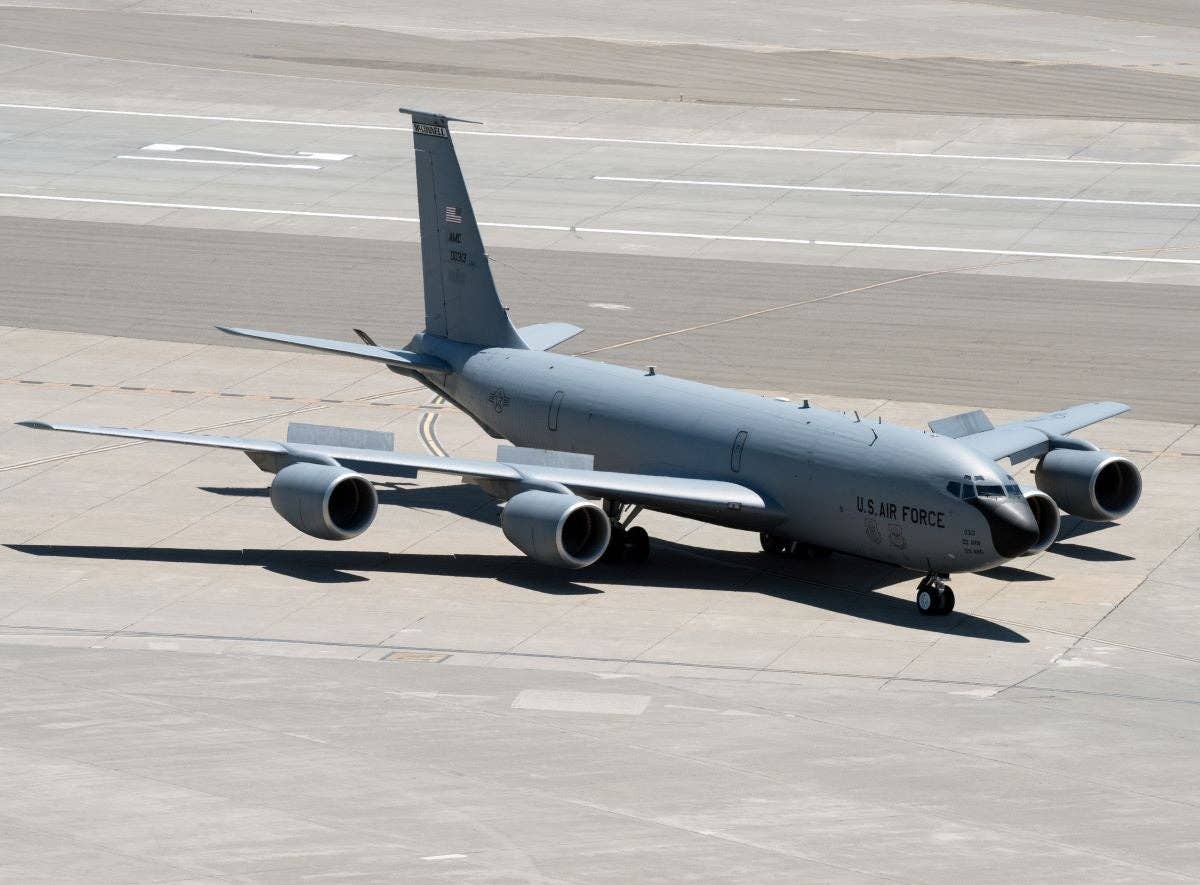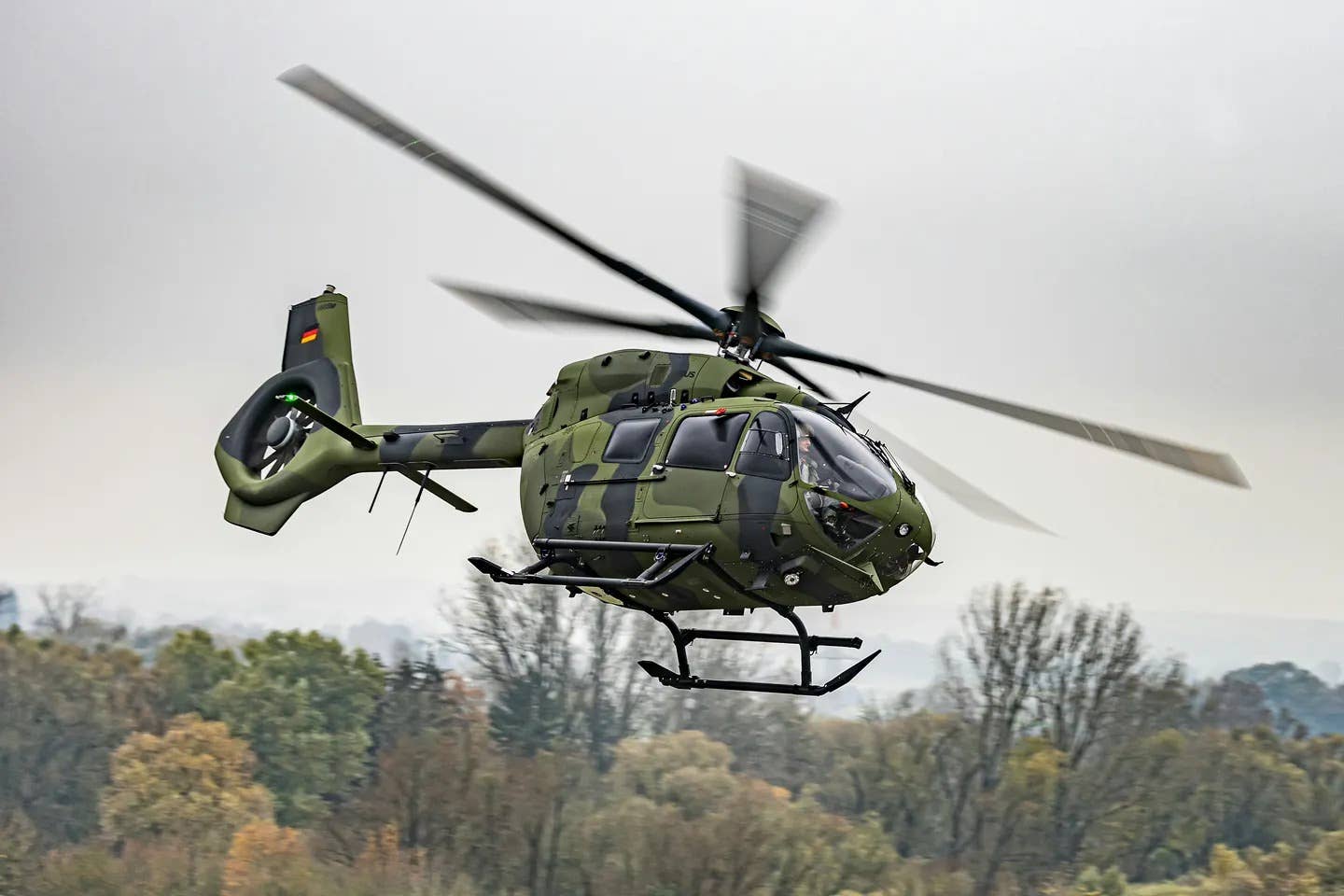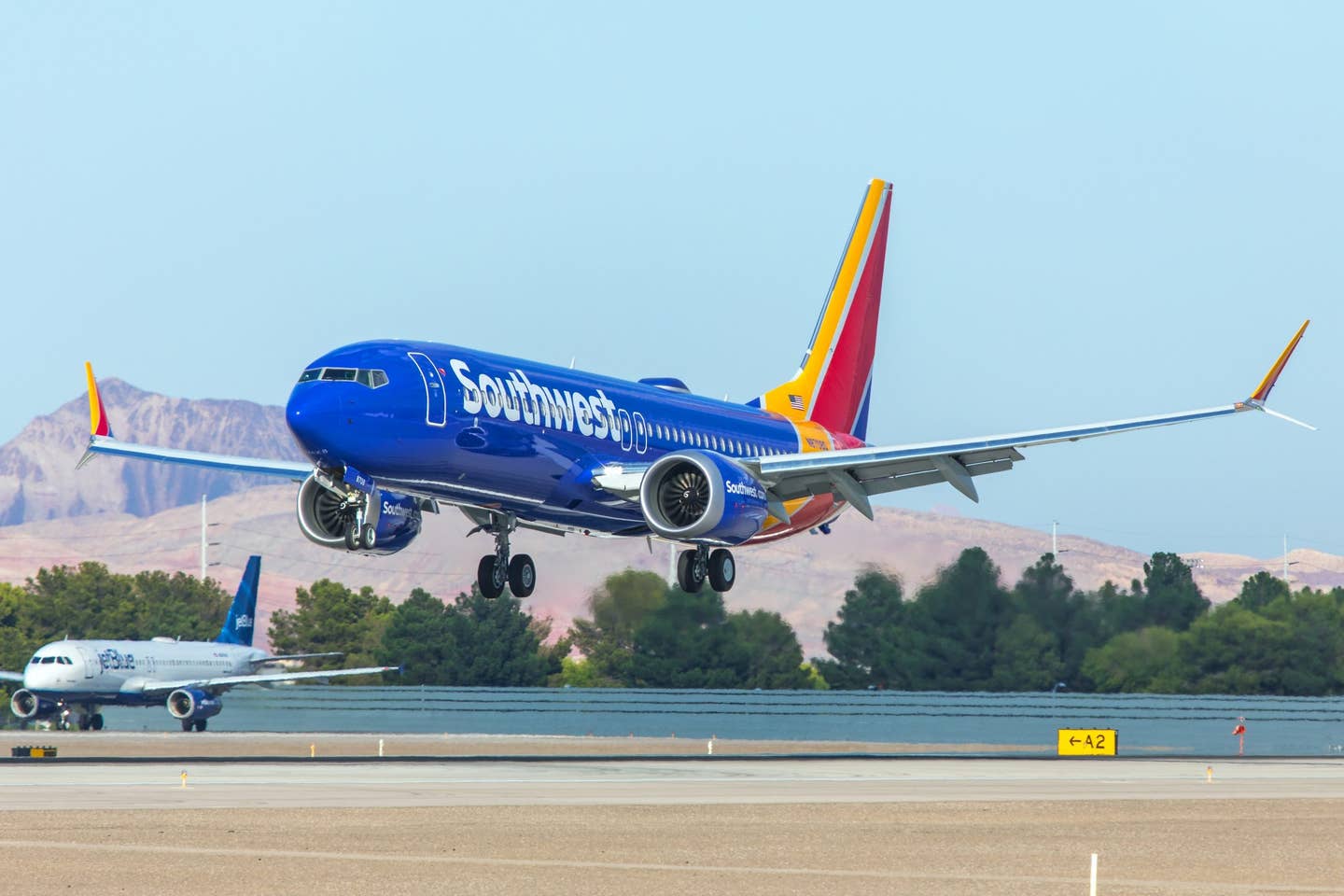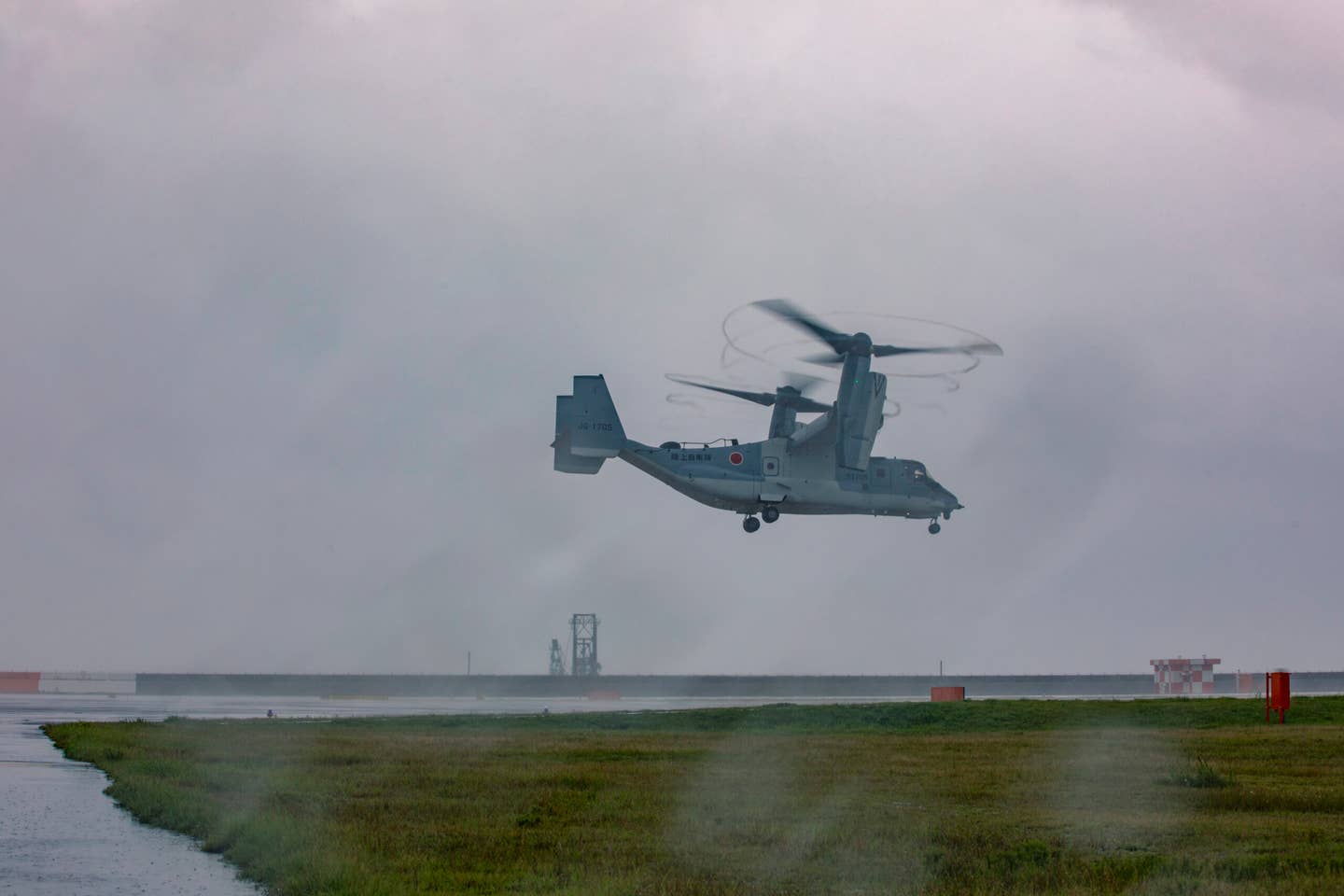
The CTLS’s ergodynamically designed
cabin is spacious by most LSA standards.
__The special light-sport aircraft market offers a range of airplanes — there are 115 S-LSA models approved by the FAA — that serve many missions. To gain a bit more perspective on the offerings, I arranged for demo rides in three S-LSAs during this year’s Sun ’n Fun in Lakeland, Florida. Each was touted as serving primary missions, from touring and training to taildragger fun.
Flight Design CTLS
(from $139,800)
When I introduced myself to Flight Design USA national sales manager John Gilmore at the FD booth, after shaking my hand and saying hello, the next words out of his mouth were about how his 10-hour, one-stop flight in a CTLS to Lakeland from Minnesota was a breeze. I didn't demo the carbon-fiber-constructed CTLS on a 10-hour flight, but I did have the chance to fly in the left seat with John on a two-hour cross-country from Orlando-Apopka (X04) to Gainesville (KGNV) and back.
Immediately apparent to me as I strapped in was the roominess. The 49-inch-wide cabin could easily accommodate the tall and long-legged. Next, I couldn’t miss the equipment: namely the optional dual 10-inch Dynon SkyView displays and the Garmin 696 panel. Both offer all the necessary data a VFR pilot could ever need, from XM Weather to terrain, real-time traffic, dual ADAHRS and georeferenced charts.
Now, how fast can the CTLS get there? Both to and back from KGNV, this LSA’s swiftness was easily demonstrated with a 115-knot cruise speed. With the minus-6-degree flap setting at cruise, we were burning 5.5 gph. The winglets and strutless wing helped with that speed too. The CTLS is powered by the 100 hp Rotax 912S, and its two 17-gallon tanks are approved for less expensive mogas. With an economy range of 830 nm at 4,300 rpm, fuel burn is 4.7 gph. Fully loaded, including the standard BRS parachute system, the CTLS can carry a useful load of 550 pounds. Altogether, the comfort, technology, speed and range of the CTLS made it easy to see why John’s 10-hour cross-country was a breeze.
Tecnam P92 Eaglet
(from $130,999)
Tecnam North America procured slots during Sun 'n Fun's daily Showcase Fly-Bys to display the Eaglet LSA. Dave Lubore, Tecnam's vice president of training services, invited me to ride along in the Eaglet on one of the flights with demo pilot Andrew Jones (read more in my blog post, "Tecnam Showcases Eaglet"). Prior to launching from Winter Haven (KGIF), where the Eaglet was based, I had some time to chat with Dave about the Eaglet and its mission.
“It makes sense some of the LSAs should step up to meet demands of flight schools and modern training with less expensive airplanes, modern equipment and simpler engines,” Dave says. “The Eaglet does that and has great training characteristics, thanks to a fatter wing design that produces power-off stall speeds at 36 knots clean [9 knots lower than required by the LSA rule] and 26 knots dirty.”
Although I rode shotgun during the showcase flight, it was hard not to notice that the airplane remained stable and at altitude in the windy conditions while we waited in the predetermined holding pattern for the radio call to proceed to Linder Regional. Andrew kept us banked in a 30- to 45-degree left-hand turn with two-finger control for nearly 15 minutes. On the way back to KGIF, Andrew offered me the controls. Holding altitude en route was easy, and maintaining a steady approach speed of 70 knots coming into KGIF, even with an 18-knot crosswind, was manageable, as was recovery from a gust right at flare. The Eaglet did seem forgiving and more like a standard category trainer. Just like Dave said it would.
Cubcrafters CarbonCub SS
(from $163,280)
Jim Richmond, president of Cubcrafters, told me point-blank the morning of the CarbonCub demo flight out of South Lakeland Airport (X49) that the company's focus "is not so much that we produce LSAs, but that we produce fun. The fact it's an LSA is a bonus." About 1.5 hours later, after general manager Randy Lervold and I returned from our flight, I couldn't have agreed with him more. (Check out the "Taildragger Fun: The CarbonCub SS LSA" video of the demo ride and see for yourself.) The airplane can be certified as an S-LSA or E-LSA and comes equipped with a whopping 180-horsepower CC340 engine that makes quick and fun work of takeoff runs and climb-outs (at sea level up to 2,100 fpm). Loosely based on the Super Cub, this modern design meets the LSA maximum weight with carbon-fiber construction and 50 percent fewer parts, making it 250 pounds lighter than its distant relative.
The design updates were apparent. The demo came equipped with the optional Garmin Aera 560 GPS (it can be ordered with full glass too), which was handy in the unfamiliar environs as we cruised to Wauchula (CHN) to fill up the two 12-gallon wing tanks in preparation for a day of demo rides. It was a beautiful morning for a flight, made all the more apparent by the excellent visibility ahead, to the sides and above, through the skylight. The stick control forces were a bit heavier than in the other LSAs, but not unlike those in the Cubs I spent some training time in as a teenager, and the airplane felt solid and stable in flight. The real fun for me, however, started with takeoff out of CHN. The airplane wanted to fly itself off the paved runway as soon we got under way with full power. The fun continued back at X49. Easy maneuverability at the slow approach speed of 55 mph helped make my three landings passable. Randy showed the CC’s true stuff for the camera with a no-wind fourth takeoff that had wheels off the ground in 150 feet (counted off by ground crew) and a climb to pattern altitude in no time. At the end of the demo, I couldn’t describe the flight as being anything other than fun. A ton of fun.

Sign-up for newsletters & special offers!
Get the latest FLYING stories & special offers delivered directly to your inbox

